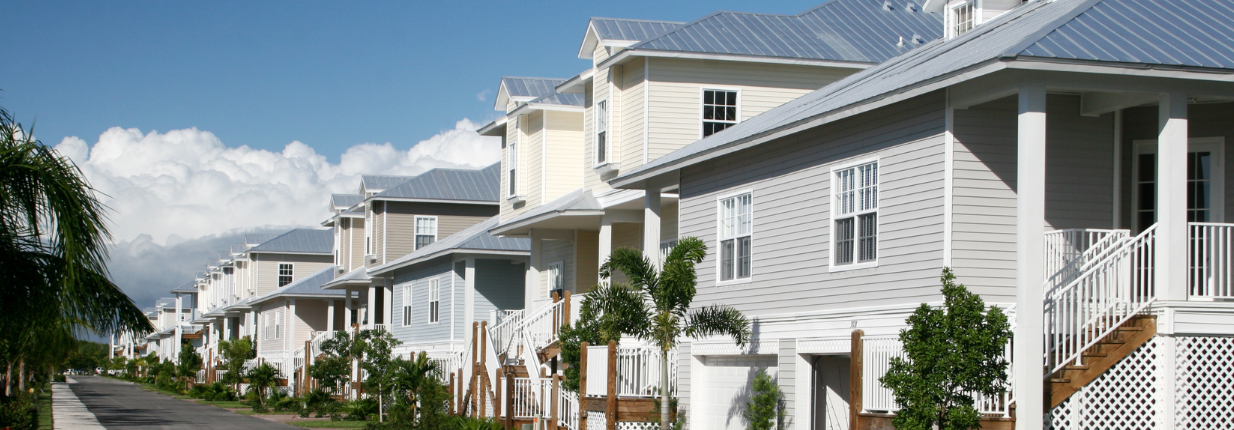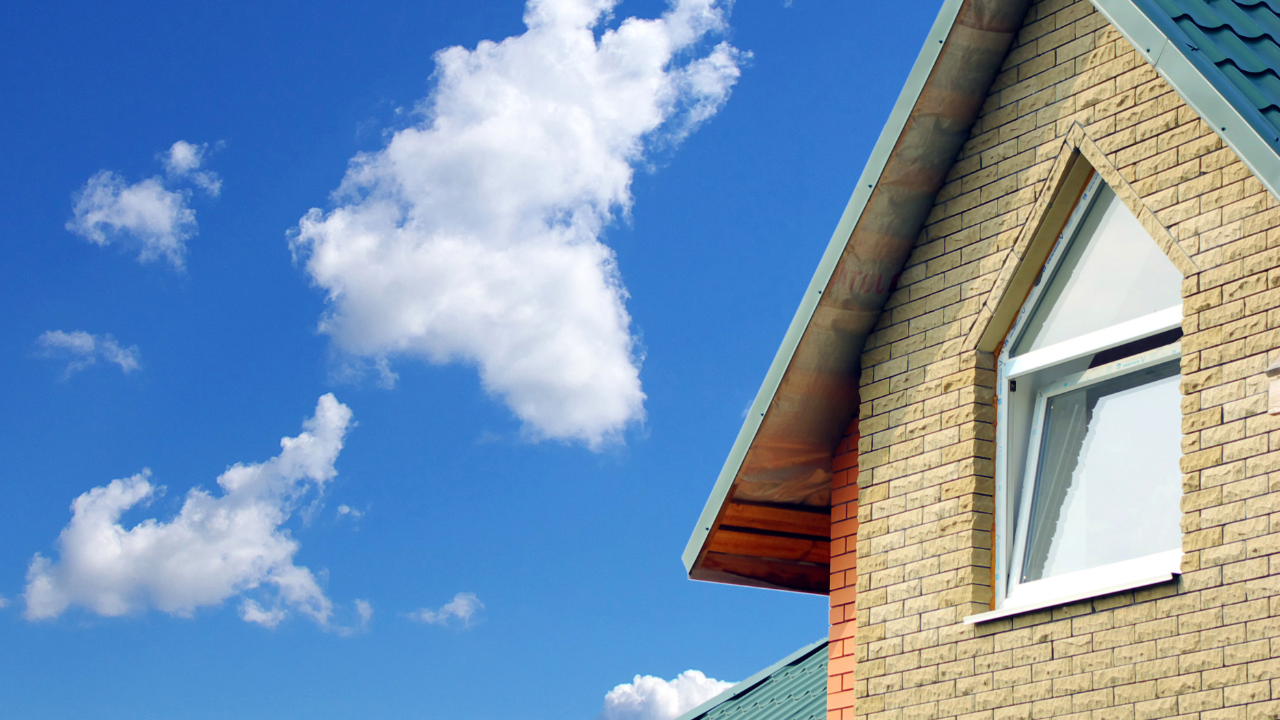The government’s initiatives to increase housing supply in response to the prevalent housing crisis are encountering obstacles due to challenges within the construction industry and the fast-paced population growth. The announced government plans include subsidies for the construction of one million new homes within a five-year span and additional measures to stimulate the build-to-rent sector to augment the number of rental properties. Nonetheless, escalating material and labor costs may provoke construction delays. Despite these endeavours, the newly built homes will fall short of satisfying the demand spurred by the expanding population. Forecasts suggest that the population will rise to 36.1 million by 2041, necessitating an additional 4 million households, which underscores the substantial need for increased housing.


Australia is contending with a housing deficit as the rate of population growth outstrips the pace of new home construction. Even with a record surge of overseas migrants and an estimated influx of an additional 650,000 migrants in the forthcoming years, the projected increase of 150,000 rental properties will not suffice to meet the burgeoning demand. The construction industry has struggled amidst the pandemic with disruptions to supply chains and industry-wide shutdowns, resulting in a construction backlog amounting to $54 billion. This situation underscores the pressing need to tackle the housing shortage and increase the housing stock in Australia.
Australia’s construction sector is grappling with substantial hurdles as the worth of in-progress work approaches $70 billion, marking a 56% surge compared to pre-pandemic levels. Yet, commencement of projects is dwindling due to ongoing developments and a backlog worth $16 billion. The count of commenced private dwellings has plunged by 21.9% year-on-year, and there are fewer active construction firms in the marketplace. Bankruptcies within the construction industry have risen, constituting 27% of total bankruptcies this year. Moreover, new approvals for dwelling units have dropped by 17.3% since the previous year, subsequent to a peak in March 2021. These predicaments indicate a slowdown in the initiation of new construction projects in Australia.
The fulfillment of the government’s pledge to build additional homes over the next half to full decade is contingent upon the increase in construction approvals and commencements. However, these efforts are hampered by the paucity of construction firms, existing backlogs, and escalating costs of materials. These elements lead to fewer new approvals than anticipated, despite commitments for one million more homes and 150,000 rental properties. Despite the construction of these additional dwellings, the projected housing demand is unlikely to be satisfied, with a projected deficit of 106,300 new homes, including 62,300 apartments, according to the National Housing Finance and Investment Corporation. This situation brings to light the persistent housing shortage in Australia and the requirement for further initiatives to mitigate it.











